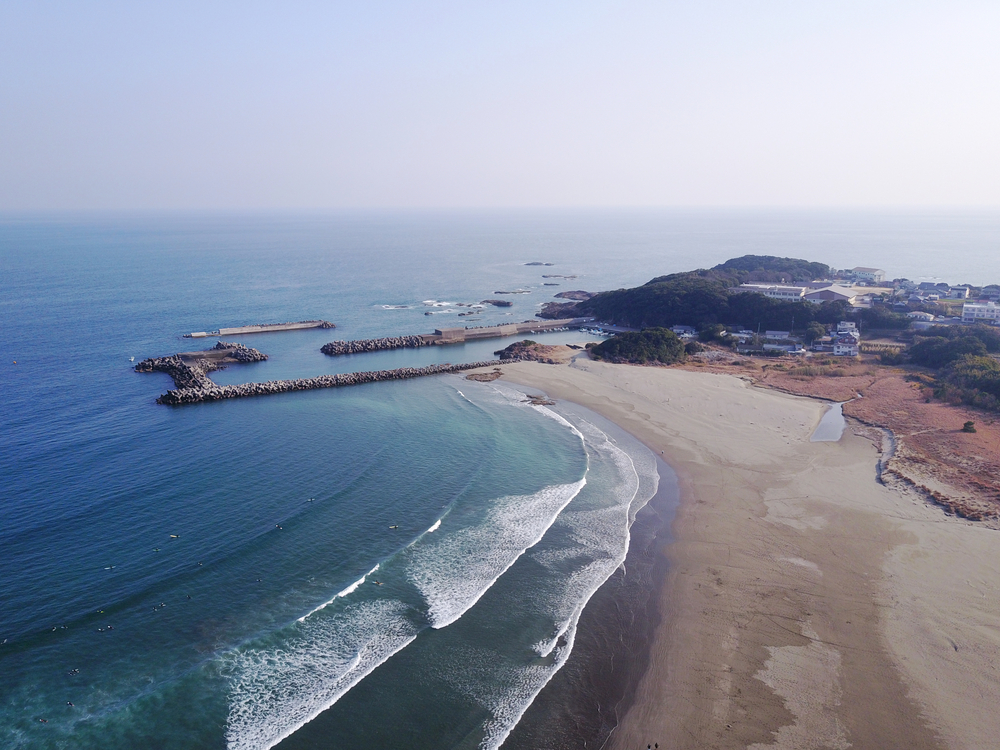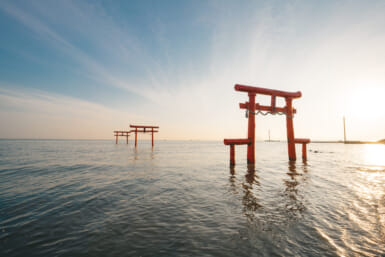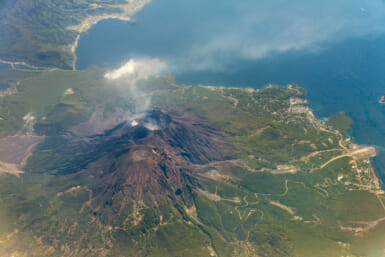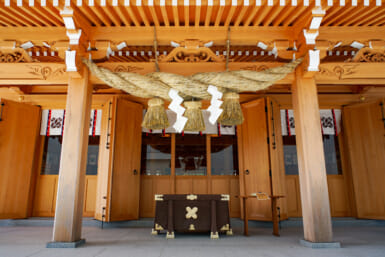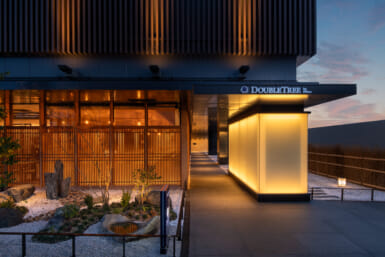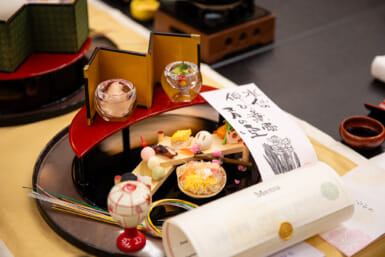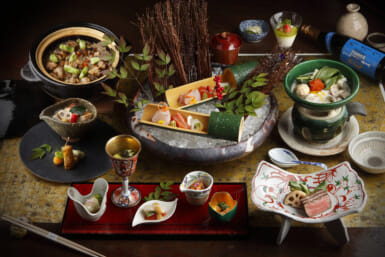Hugged by the Pacific seacoast to the east and Oita, Kumamoto, and Kagoshima prefectures to the north, west and south, Miyazaki Prefecture offers all manner of captivating scenery, along with plentiful food options and fascinating spiritual legends. Home to an astonishing 11 national and quasi-national parks, and blessed with a warm and moderate climate, the prefecture has something to offer for nature lovers and adventurers of all sorts.
Beachgoers’ Paradise
Surfers may want to pack their boards, since Miyazaki’s long stretch of coastline offers up some of the best waves in all of Japan at beachside locales including Aoshima, Hyuga and Kisakihama. In addition to the outstanding surf, you’ll find sandy swimming beaches, palm tree-fringed promenades and cafés serving warm-weather fruits such as mango and papaya. Truly, you’ll feel like you’ve stumbled upon one of Japan’s best-kept tropical secrets.
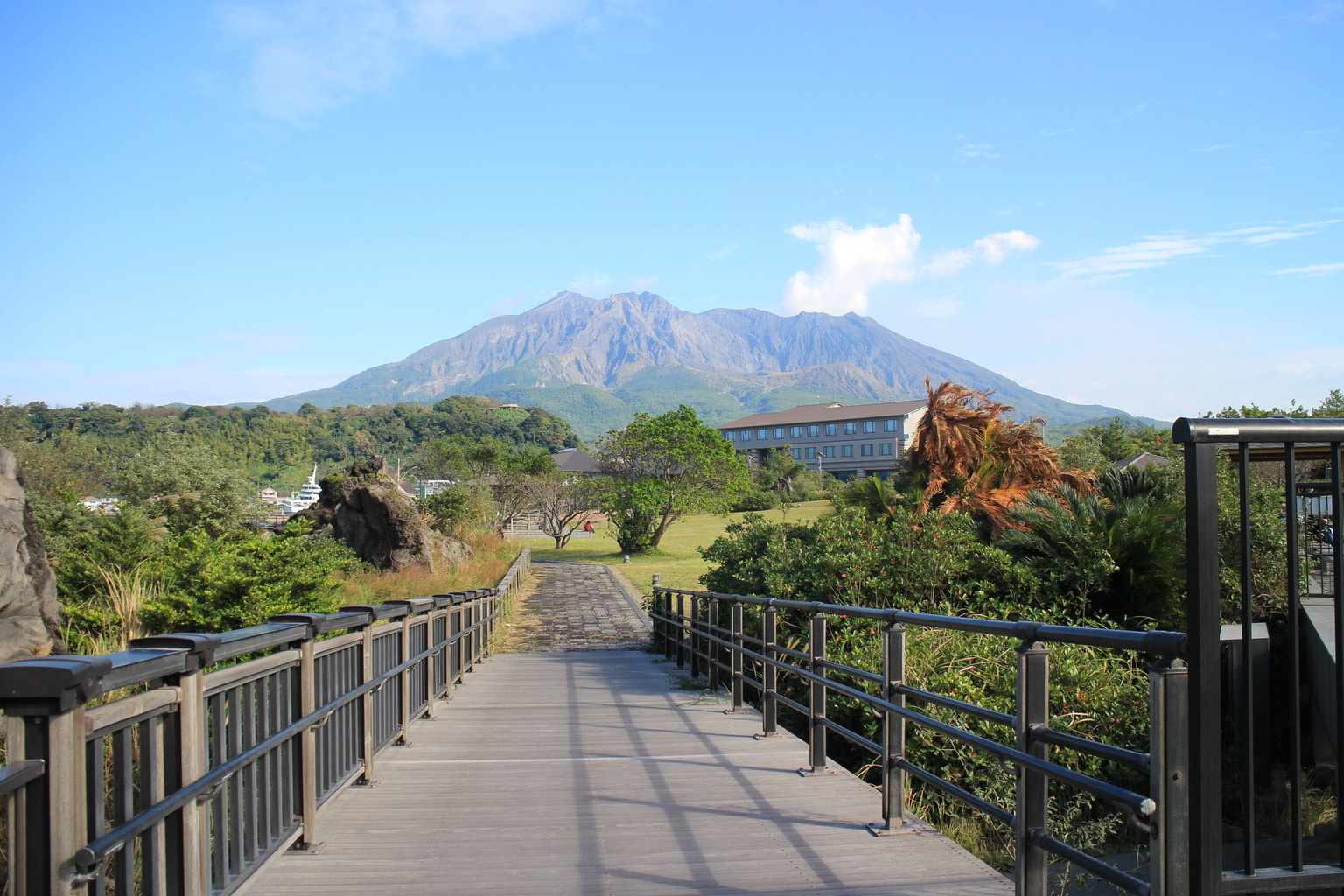
Kirishima-Kinkowan National Park
Straddling the border of Miyazaki and Kagoshima prefectures, this national park is home to a cluster of 20 active volcanoes along the Kirishima Mountain Range. The park offers plentiful opportunities for hiking amidst stunning views of the volcanic mountain chain fanning outward, as well as other features of the region such as pampas grass, lakes and ponds. Be aware that some trails on the Ebino Kogen highland (on the Miyazaki side of the park) remain closed as of November 2018 due to an eruption earlier in the year at Mount Io – the mountain’s first eruption in 250 years.
“Truly, you’ll feel like you’ve stumbled upon one of Japan’s best-kept tropical secrets”
Also located in the park is Mount Takachiho-no-mine, atop of which is planted the sword of Ninigi no Mikoto, the grandson of the Sun Goddess Amaterasu, which is said to mark the spot where he descended to earth to bring peace. This honor is also claimed, however, by Takachiho, a town in Miyazaki Prefecture that is similarly steeped in Shinto spirituality.
Nishimera Village
While visiting the prefecture, treat yourself to a one-of-a-kind experience at Nishimera Village, a cluster of seven pastoral hamlets located roughly in the center of the prefecture. Here there are opportunities for everything from enjoying scenic onsen to hiking to feasting on local deer and boar meat. Numerous festivals held throughout the year also highlight local cuisine, folklore and legends.
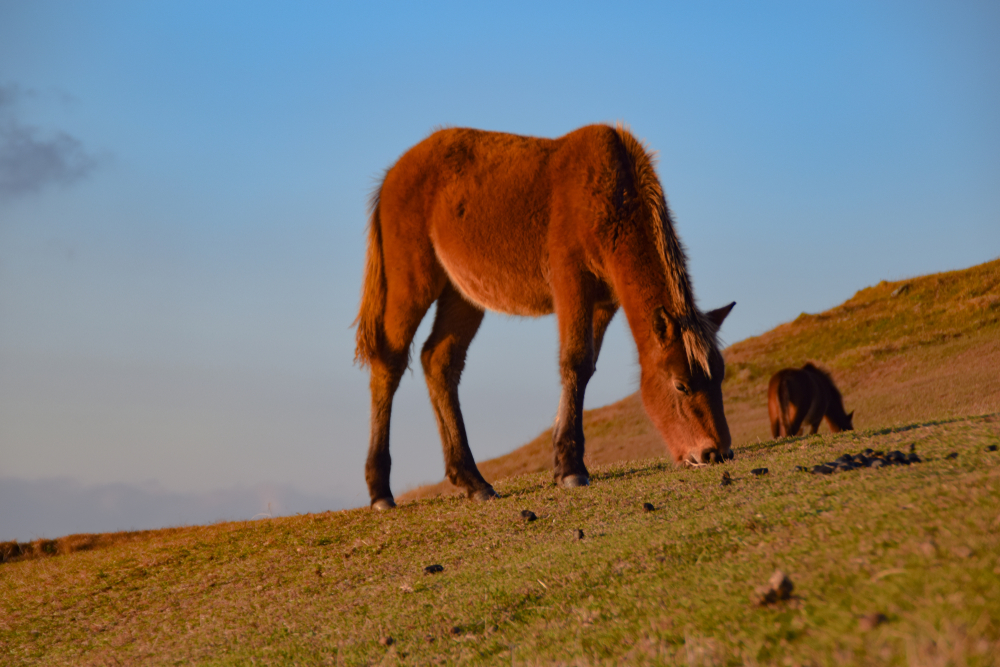
Wild Horses at Cape Toi
If you fancy dramatic ocean vistas and the sight of wild horses grazing peacefully amidst lush green fields, you’ll want to make time for a visit to Cape Toi, located at the very southern tip of the Pacific Ocean coastline. Known as Misaki-uma, the small, stout purebred horses roaming in this national park are said to have been brought to the area around 300 years ago, during the Edo era, to primarily serve the military needs of local samurai. They have since become wild and were designated as a National Natural Treasure in 1953. As with any animals roaming wild, take care not to approach the horses directly. While visiting the area, enjoy hiking trails with sweeping ocean views, as well as other local attractions such as a shrine and lighthouse.

